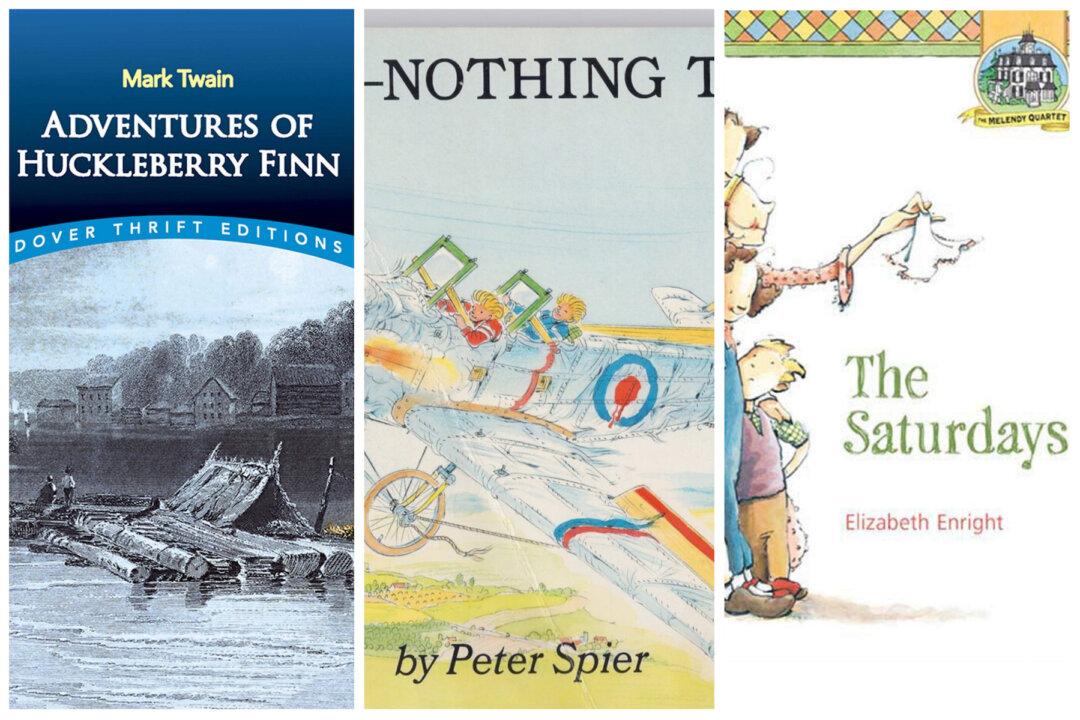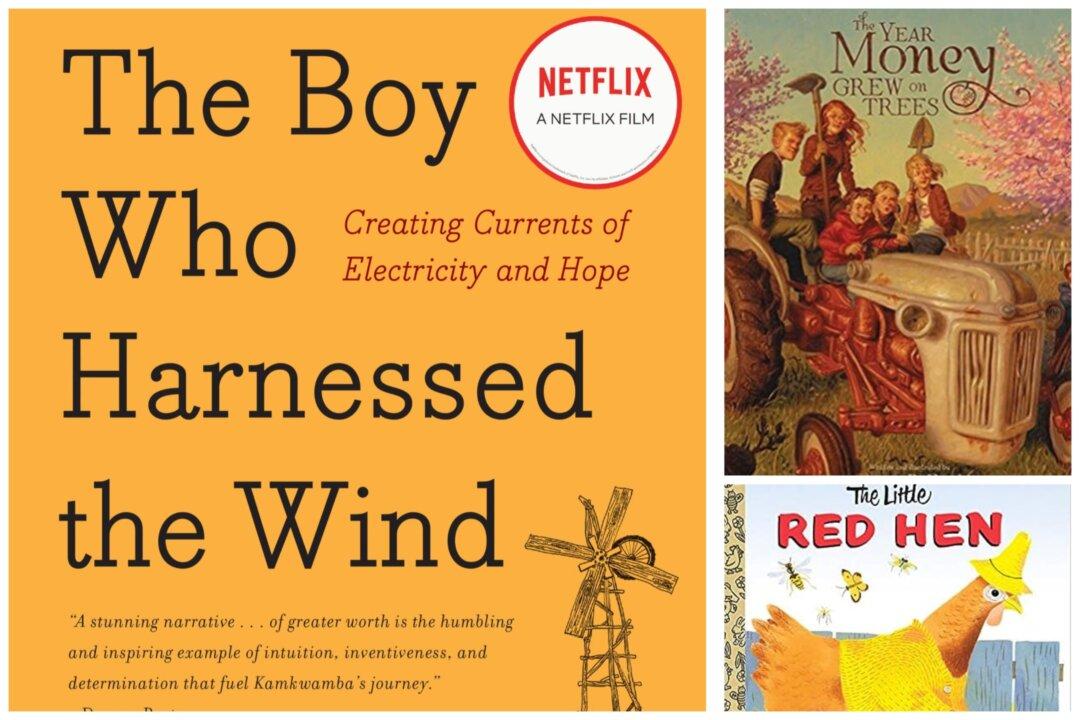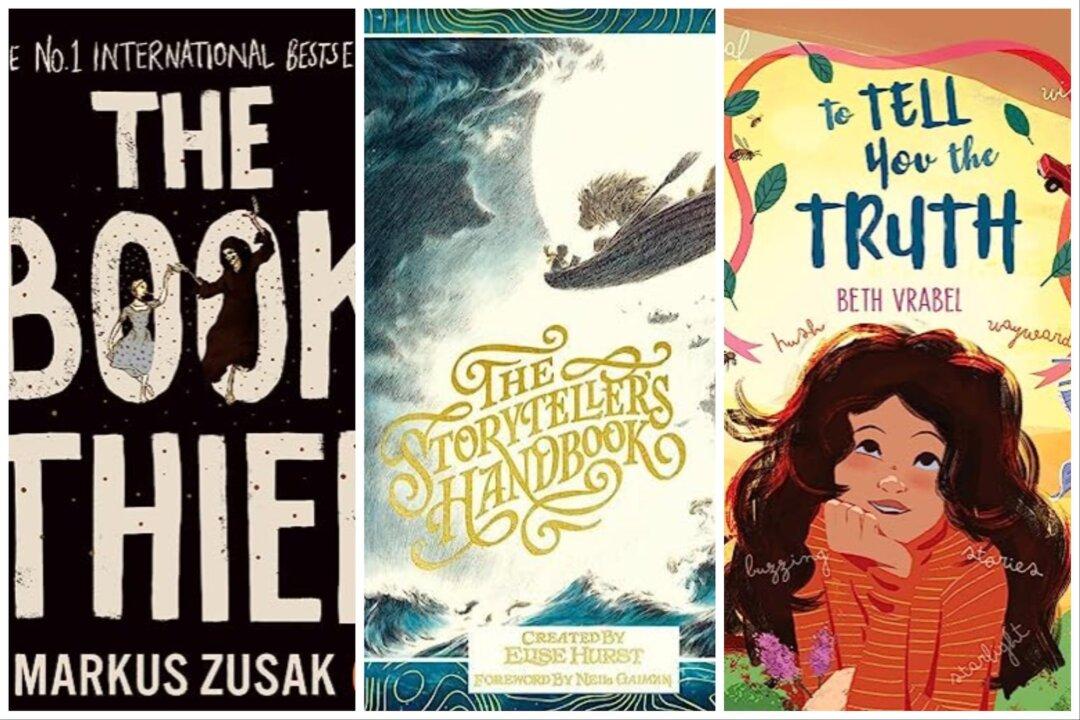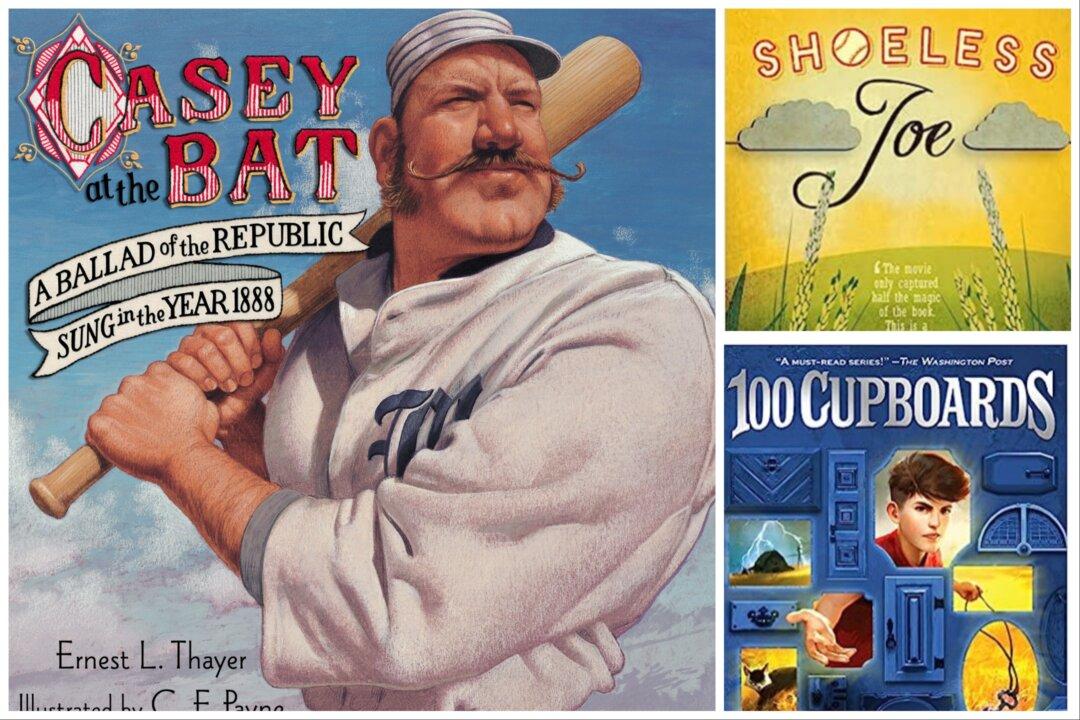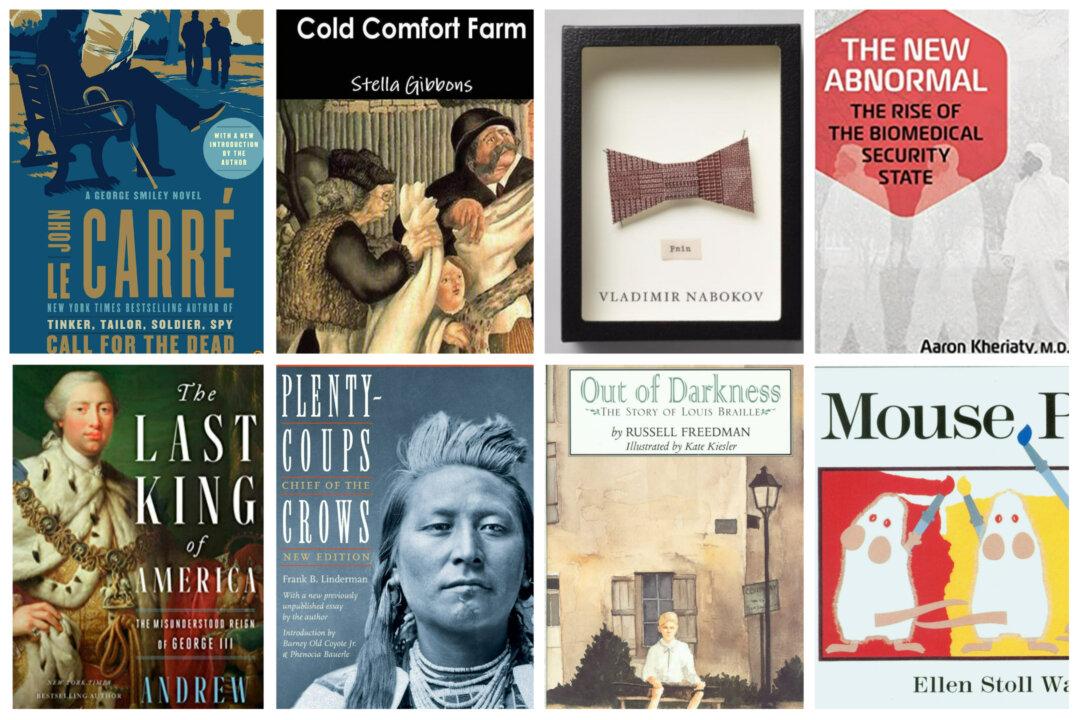Summer break free time can bring almost endless opportunities for adventures and fun, but the long-awaited release from the school year’s structure can also lead to boredom.
Here are three books to suggest when you’re met with this summer’s chorus of “I’m bored.”

